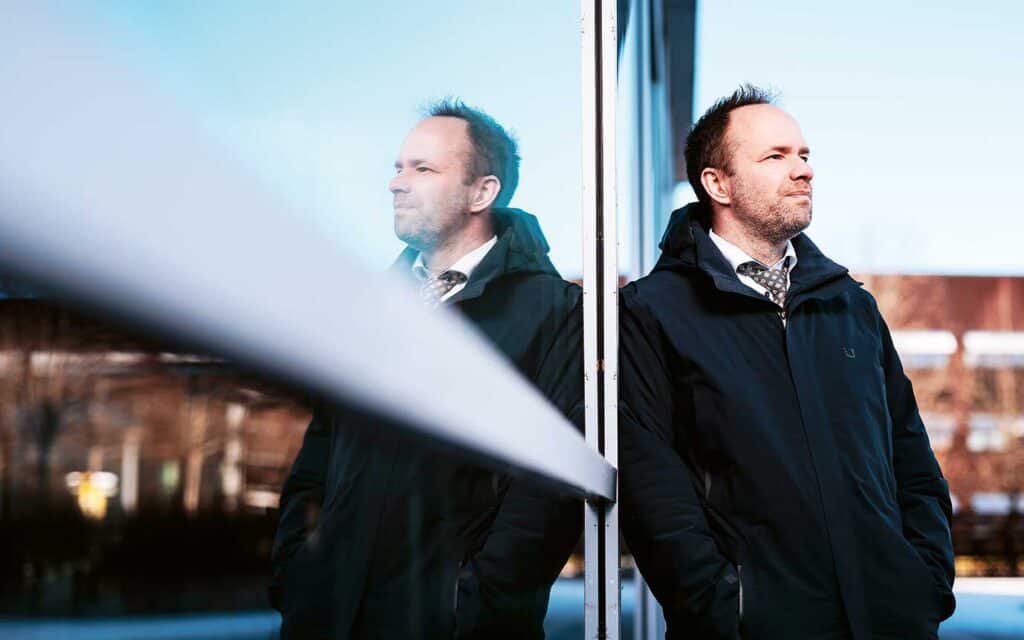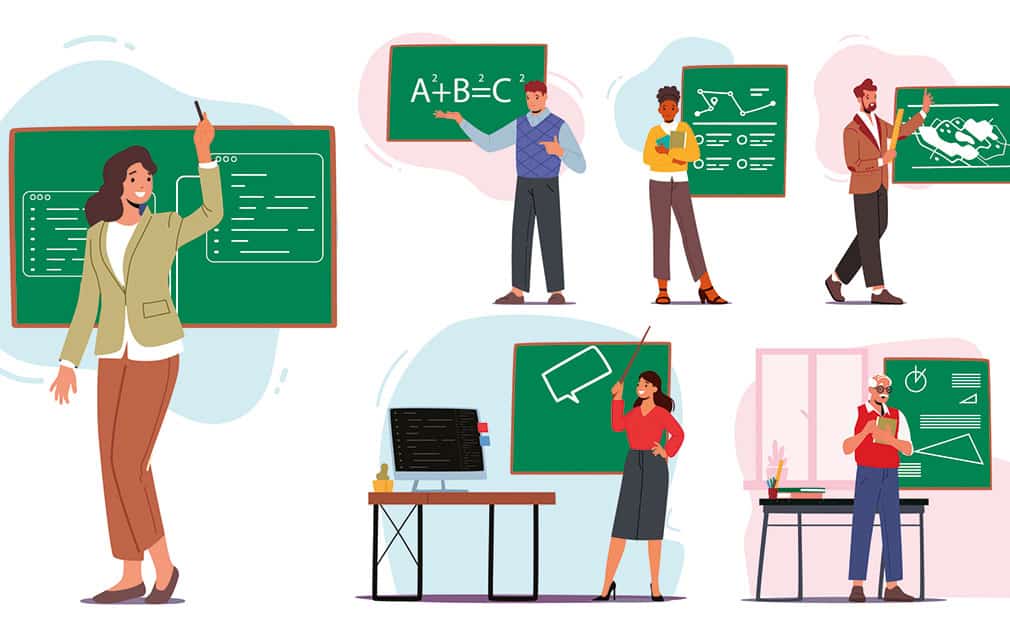The trade union ST has 9,111 members in the higher education sector, including some research and teaching staff. Of the 2,573 of these members who responded to the union’s work environment survey, 13 per cent stated that threats and violence occur in their workplace. The vast majority, however, answered that they have not experienced threats or violence themselves.
Insufficient support
Within the group that has experienced threats and violence, be it from colleagues, managers or members of the public, 85 people were interviewed. Of these, 63 per cent stated that they did not receive enough support from their employer afterwards. The corresponding figure for employees at other authorities was 31 per cent.
Threats and violence have been a subject of discussion at many other authorities for a longer time than is the case in the higher education sector, says Martina Saar, a research officer at the union. That may be one reason why state sector employees in general believe the support from employers to be better and that they are more used to dealing with threats and violence than employees in higher education.
“People working at universities and colleges don’t have as much experience of dealing with threats and violence,” she says.

Want to see a common system
Saar says that ST is calling for a common system for reporting incidents of threats and violence at state authorities. That would make the incidents more visible and could be a way to identify what types of threat or violence employees in the state sector face. “The next step is to have proper guidelines for how to prevent threats and violence, and for how to deal with the aftermath.”
In July, SULF, the Swedish Secretariat for Gender Research and the Association of Swedish Higher Education Institutions (SUHF) presented the results of a survey of SULF members about threats and harassment. It showed that four out of ten university teachers and researchers have received threats or been subjected to harassment. A third of the researchers, doctoral candidates and university teachers who responded to the survey stated that they do not know where to turn if they are subjected to threats or harassment.
“There are shortcomings in higher education institutions’ preventive work,” says Karin Åmossa, SULF’s Head of Policy and International Affairs. “A large majority of those who answered our survey say that they do not know whether there is an action plan.”

Shortcomings in work environment measures
“The results of the ST survey indicate that systematic work environment work at universities is not adequate,” Åmossa believes. She says that there is also a particular need within academia to produce information about work environment laws and the Swedish model that is aimed at employees who come from abroad.
“We see a need to get this kind of information out to employees who don’t speak Swedish or know the Swedish system.”
What can employers do better regarding support after incidents involving threats and violence?
“The simple answer is that they must comply with the Work Environment Act,” says Åmossa. “They must work systematically with work environment issues, conduct risk analyses and have routines in place for employees who are at risk.”
Additionally, 34 per cent of the 2,573 higher education employees who responded to ST’s work environment survey stated that they are expected to work when they are ill.
Cannot switch off
Almost one in five people working in higher education, 19 per cent, stated that they have not been able to switch off from work due to worry or anxiety in the past year. Of these, 46 per cent say that the cause of their worry and anxiety is that they have too much to do at work.
“Those figures are too high,” says Karin Åmossa.
Earlier SULF surveys have shown that university teachers worked a significant amount of overtime during the pandemic. Although it was necessary, the problem is that they have not been compensated for it, she believes.
“It has impacted people’s health, but also the amount of time they can spend on their research, as it is quite common that our members have to use their research or competence development time for teaching.
Substandard psychosocial work environment
In ST’s survey, 20 per cent of respondents state that the psychosocial work environment is not good enough. The biggest reason for this, according to 39 per cent of these, is the high tempo of work or the large number of tasks they are required to perform.
“When you start adding up numbers like this to see how things look in our sector,” says Åmossa, “it’s easy to grow very concerned that people will leave for the wrong reasons. It also affects the quality of teaching and research.”
Martina Saar at ST adds that more people working in higher education feel that they have to be available after normal working hours than in the state sector in general. “When you put it all together, the survey shows that people are stressed, have a lot to do and feel that they cannot be ill.”
What do you think employers should do?
“Digest the numbers and take them seriously. They should include everyone in their work environment work, regardless of the type of employment or work tasks they have. And even if people are devoted to their research, they must have time for recovery,” she concludes.


















